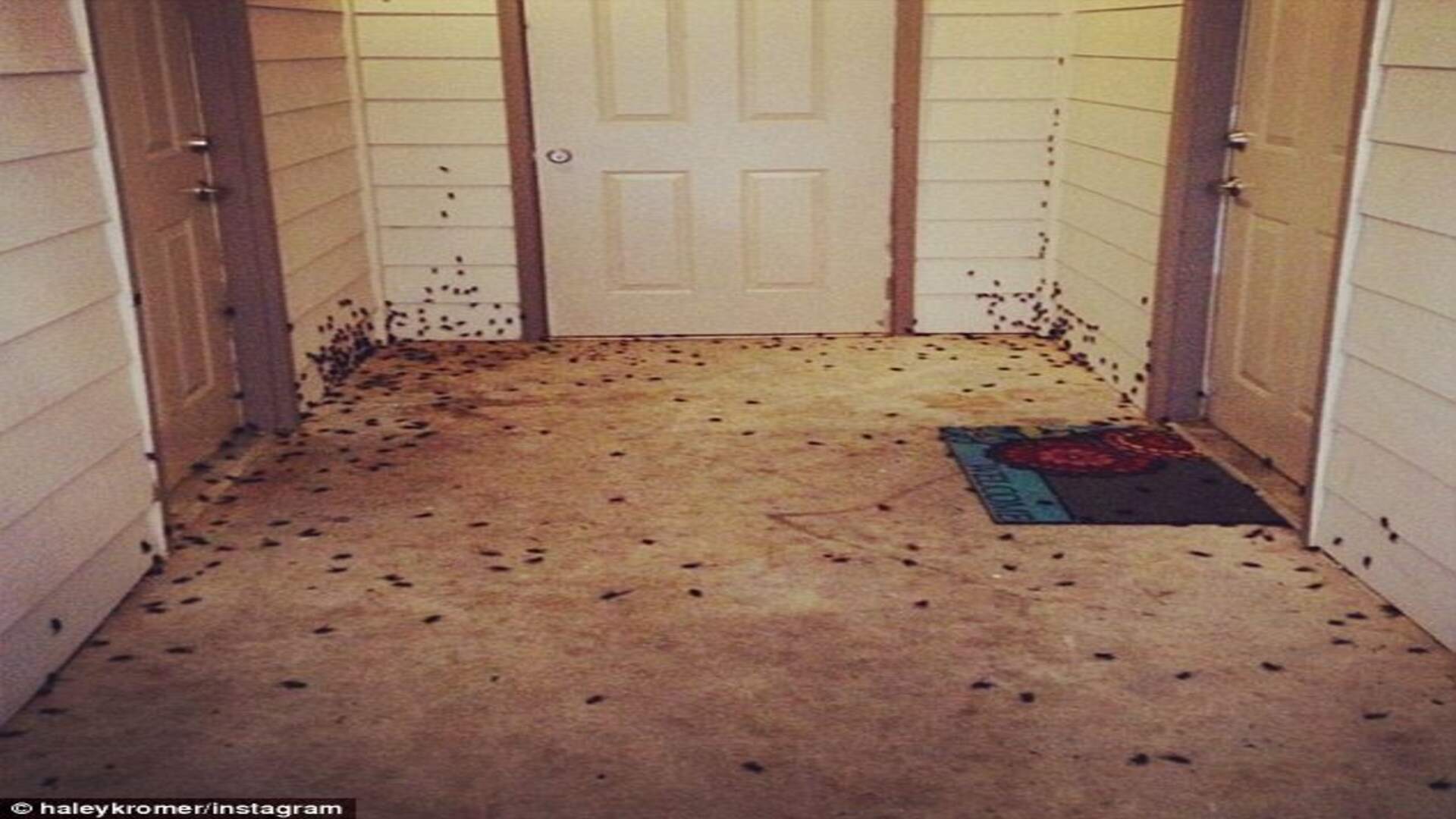
Look for holes in clothing, upholstery, and carpets caused by cricket chewing.
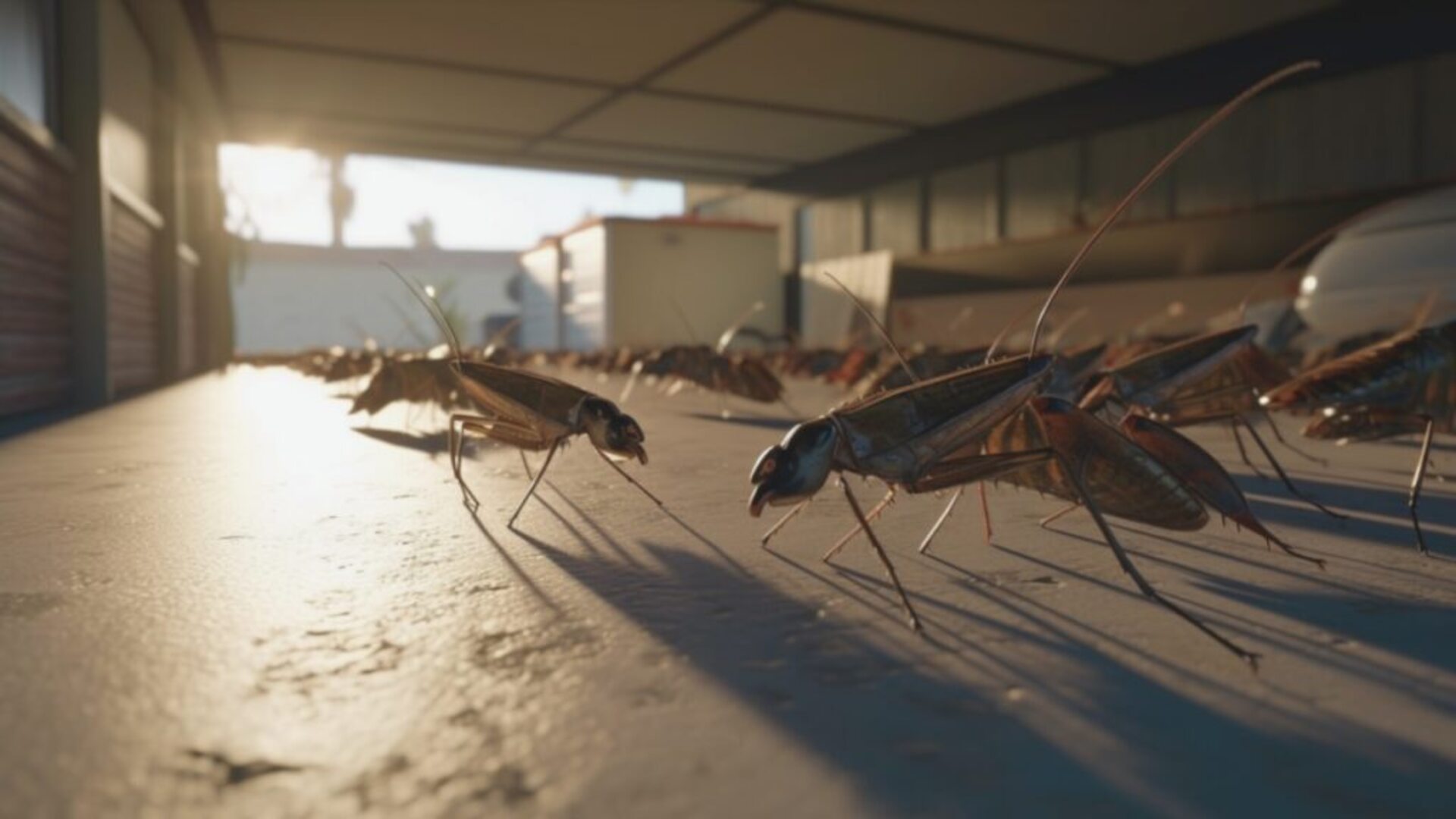
Small, black droppings near food or nesting areas can signal an infestation.
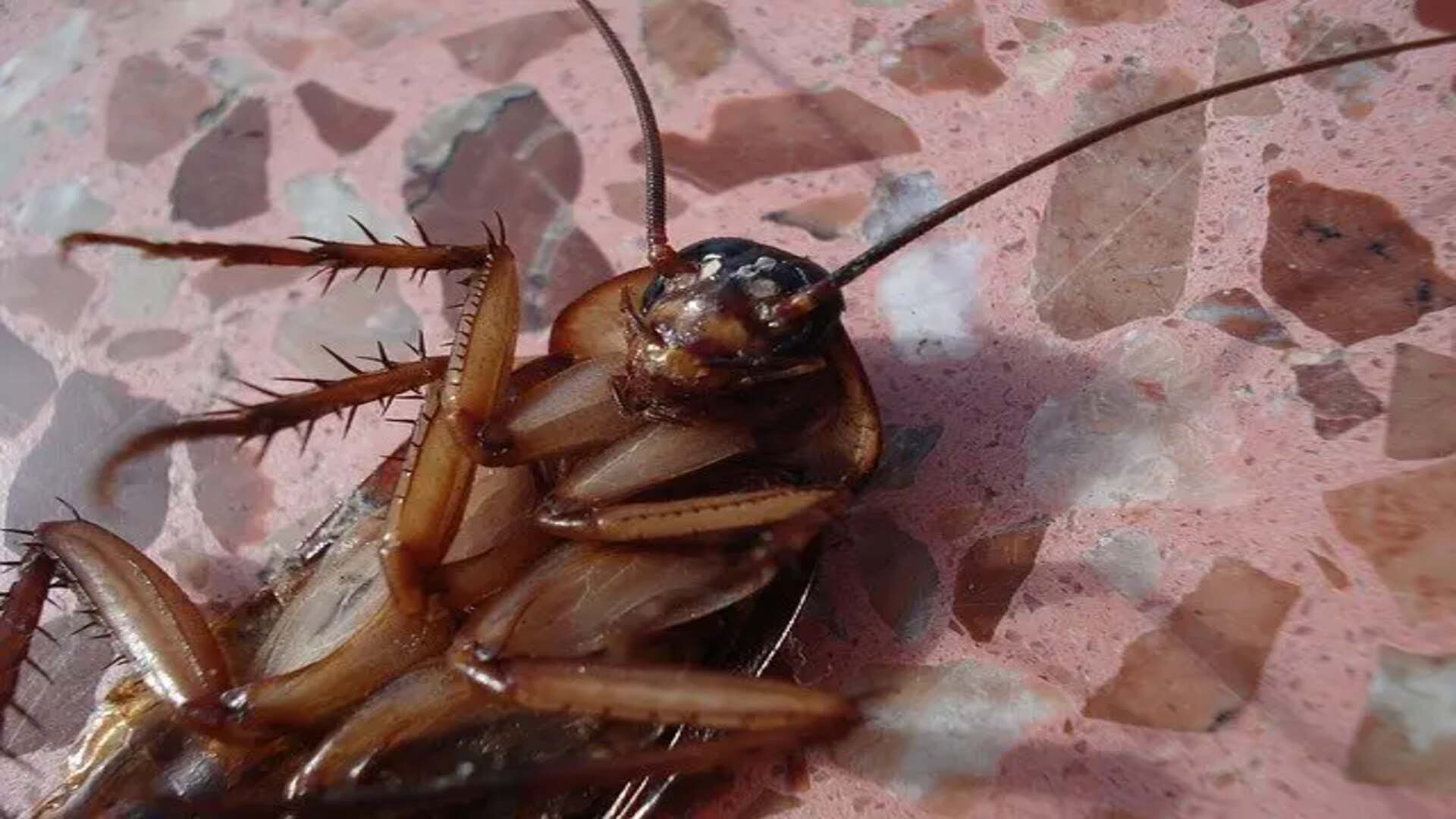
Spotting live crickets in basements, kitchens, or near lights suggests their presence.

Outdoor gardens with chewed leaves often attract crickets.
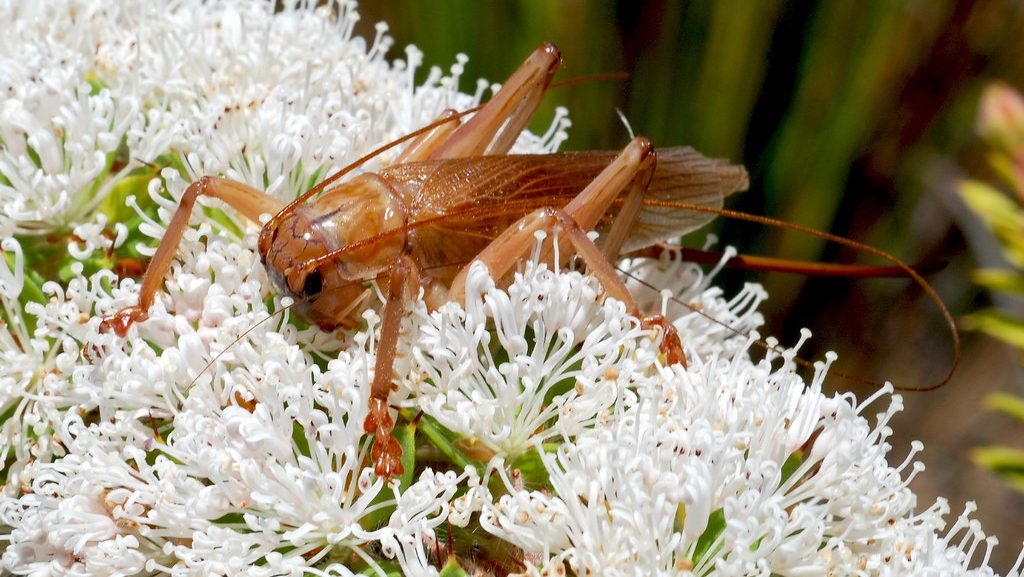
Loud chirping, especially at night, indicates cricket activity nearby.
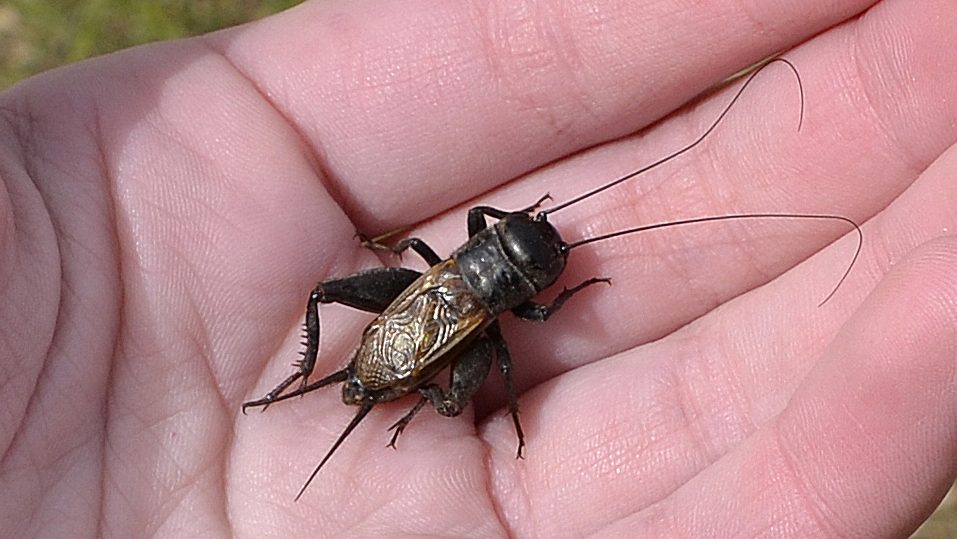
Yellowish-brown with three dark bands on their head. Known for loud chirping.
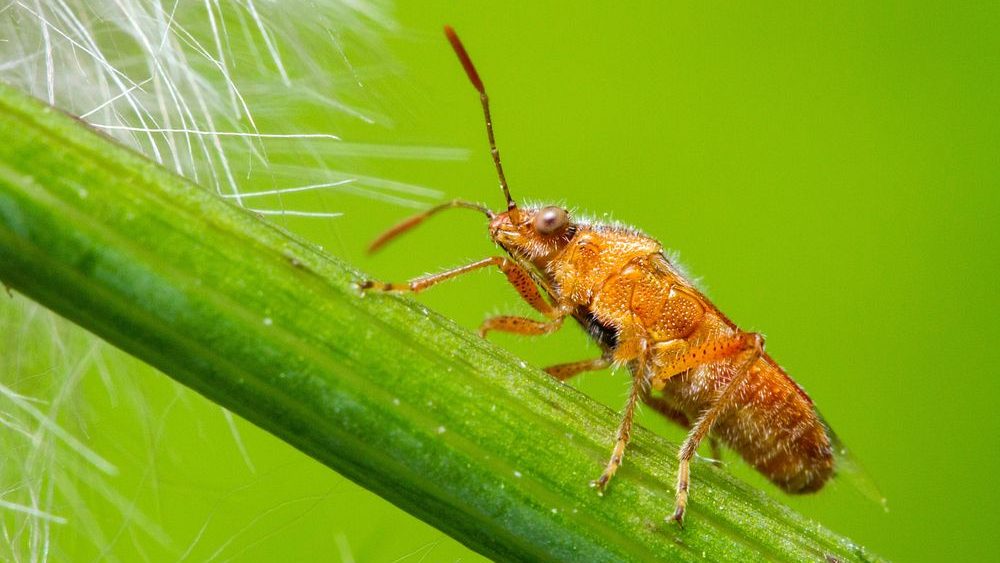
Larger, black-bodied crickets often found in gardens and fields.
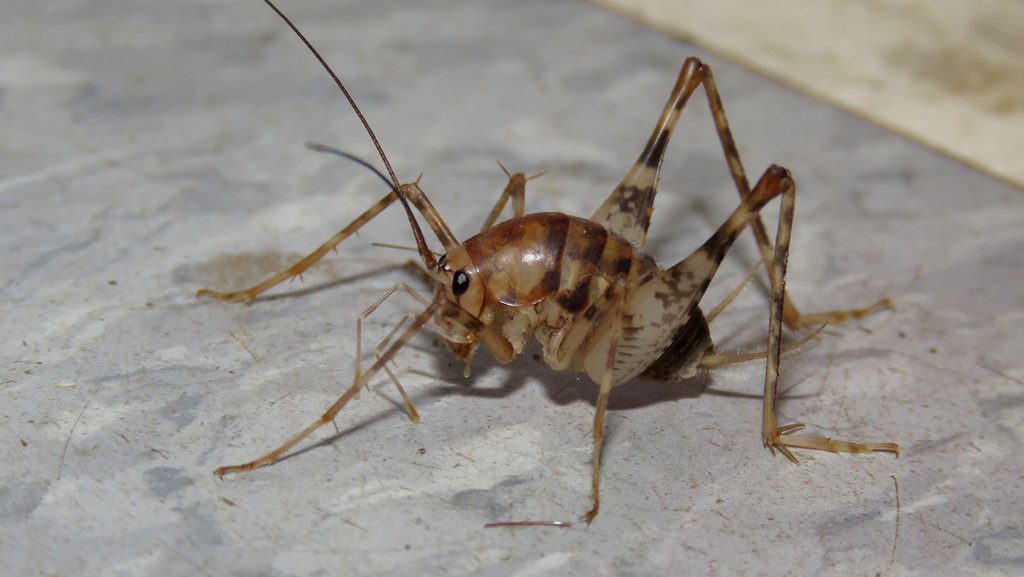
Hump-backed, tan-colored crickets that thrive in damp, dark areas.
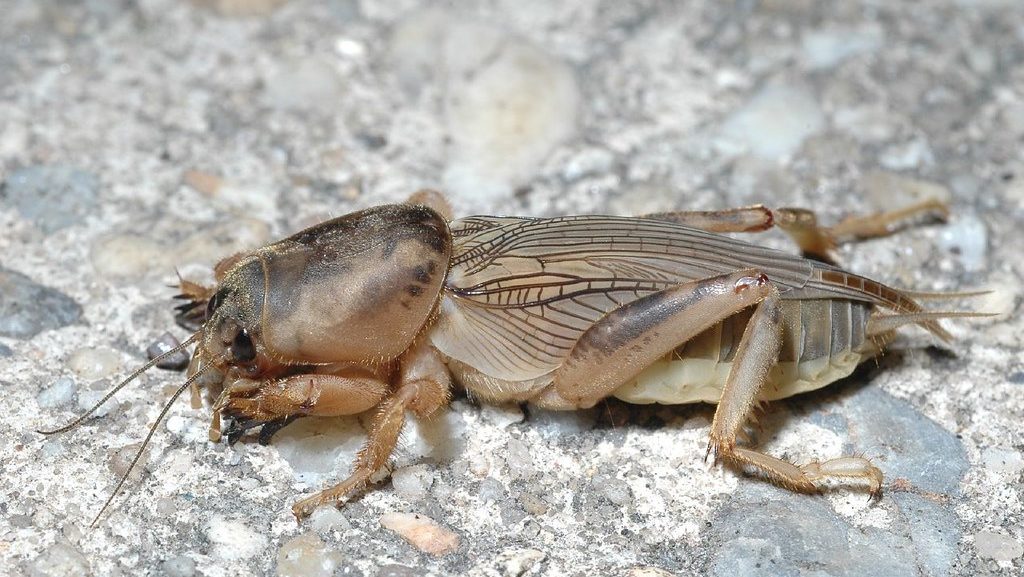
Burrowing crickets with spade-like forelegs, damaging lawns and soil.
Crickets are a delicacy in some cultures.
They have ears located on their legs.
Only male crickets chirp to attract mates.
Crickets are symbols of good luck in some traditions.
A cricket’s chirp rate increases with temperature.
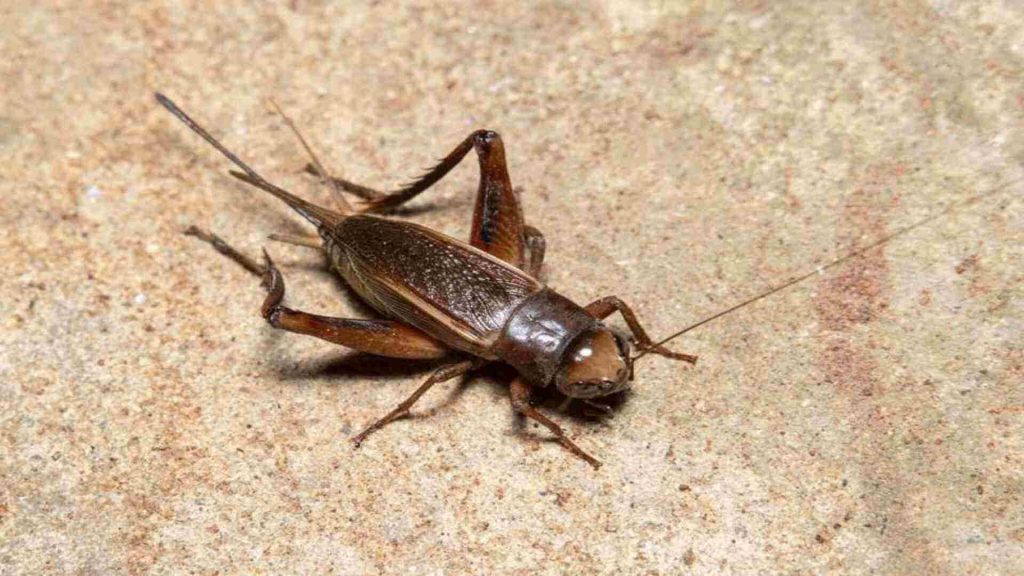
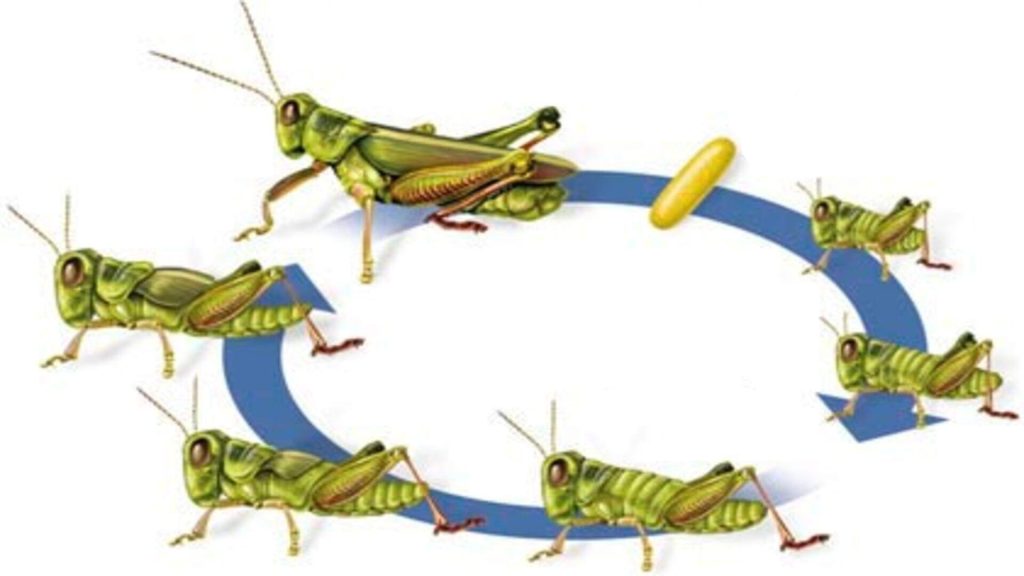
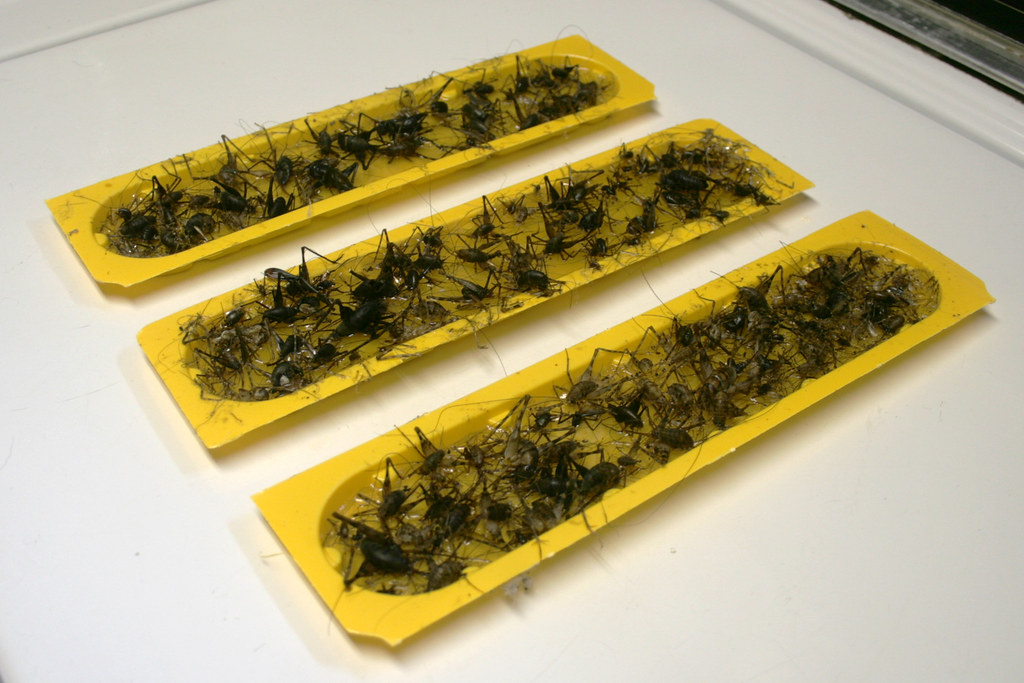
Use sticky traps to capture crickets in infested areas.
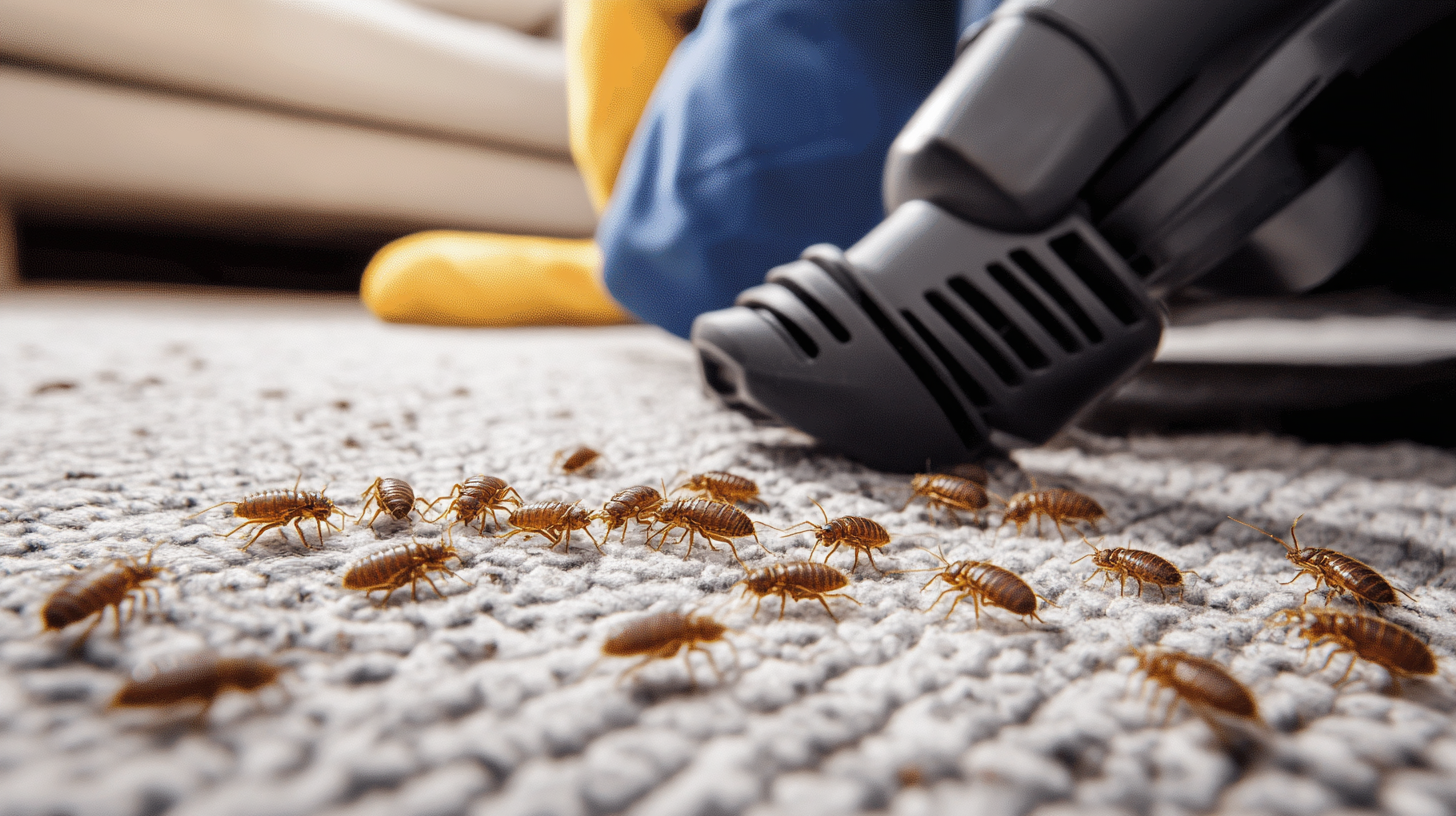
Remove crickets and eggs from indoor spaces using a vacuum cleaner.
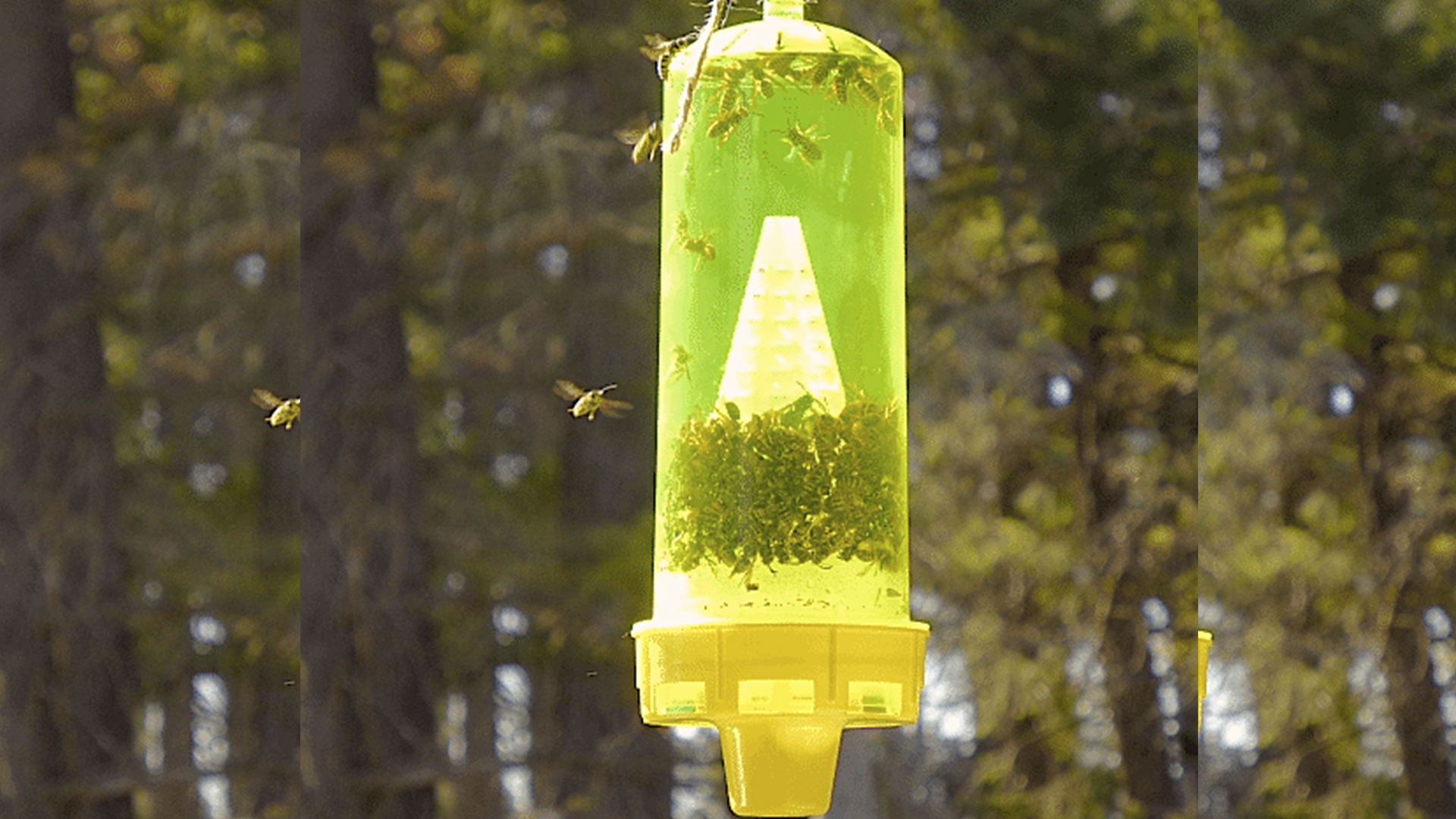
Set bait traps with cricket-specific attractants for targeted removal.
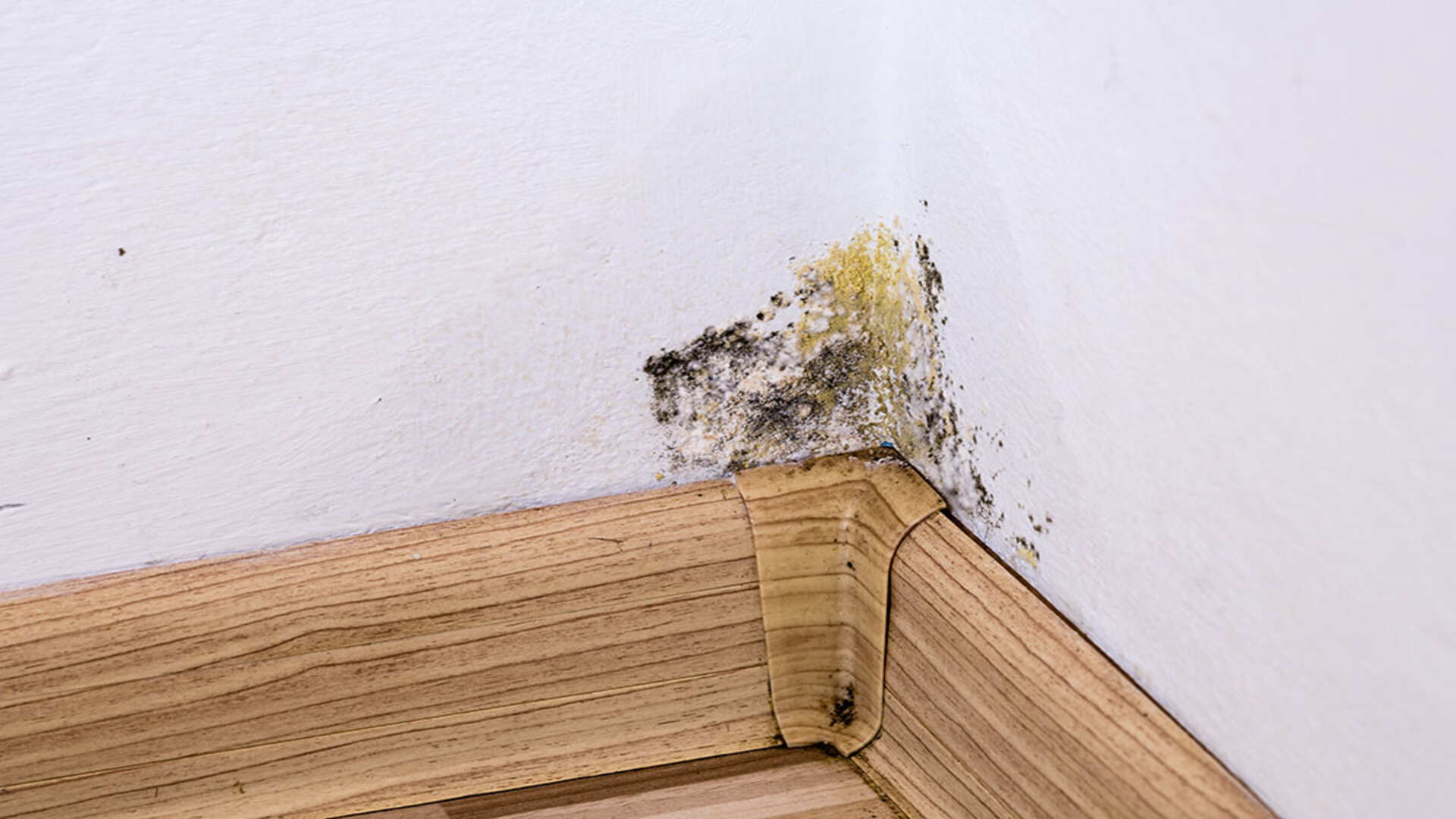
Apply insecticides in entry points and outdoor areas to eliminate crickets.

Contact experts for thorough inspection and treatment to safeguard your home.
Crickets are omnivores. In the wild, they eat plants, fungi, insects, and decaying organic material. In captivity, they can be fed fruits, vegetables, and specially formulated cricket food.
Male crickets chirp to attract females and to establish their territory. The sound is produced by rubbing their wings together in a process called stridulation.
The lifespan of a cricket is typically about 8 to 10 weeks, although this can vary based on species and environmental conditions.
Crickets make noise by rubbing the edges of their forewings together. This action, called stridulation, produces the characteristic chirping sound.
Crickets are nocturnal and chirp at night to avoid predators that are active during the day. The cooler night temperatures also help their sound travel further.
Crickets have many predators, including birds, reptiles, amphibians, spiders, and small mammals. In captivity, they are often fed to pets like lizards and frogs.
To breed crickets, you need a warm environment, a container with soil for laying eggs, food, and water. Adult crickets will lay eggs in the soil, which will hatch into nymphs and grow into adults.
Keep crickets in a well-ventilated container with a temperature between 75-85°F. Provide fresh food and water regularly, and maintain cleanliness to prevent mold and disease.
Crickets are attracted to moist environments, warmth, and light. They often enter houses seeking these conditions, especially in colder months.
